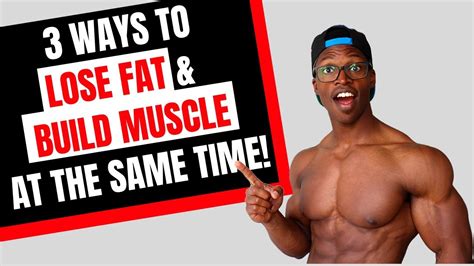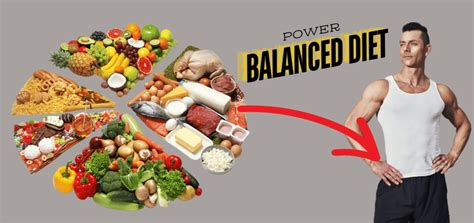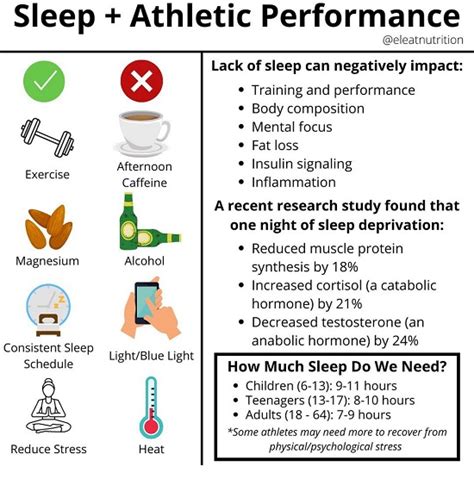How to build lean muscle & shred fat efficiently for peak male performance?

Unlocking Peak Male Performance: The Dual Path to Muscle & Shred
Achieving a physique that is both muscular and lean is a common aspiration for men aiming for peak physical performance and aesthetic appeal. It’s not just about looking good; it’s about optimizing strength, endurance, and metabolic health. This comprehensive guide will break down the essential strategies to build lean muscle while simultaneously shredding fat efficiently, leading you towards your best self.

The Foundational Pillars: Nutrition & Diet
You cannot out-train a poor diet. Nutrition is the cornerstone of body recomposition. To build muscle and lose fat concurrently, a careful balance of calories and macronutrients is paramount.
Caloric Intake: The Sweet Spot
For most men looking to achieve this dual goal, a slight caloric deficit (around 200-500 calories below maintenance) is often recommended, especially for those with higher body fat percentages. However, if you’re already quite lean, a maintenance-level intake or even a slight surplus on training days might be more appropriate to fuel muscle growth while minimizing fat gain. The key is to be consistent and adjust based on your progress.
Protein Powerhouse: Fueling Growth & Satiety
Protein is critical for muscle repair and growth, and it also aids in satiety, helping you adhere to your caloric goals. Aim for a high protein intake, typically 1.6 to 2.2 grams per kilogram of body weight per day. Lean sources like chicken, fish, eggs, lean beef, and plant-based options are excellent choices.
Carbohydrates & Fats: Strategic Timing
Carbohydrates fuel your workouts and replenish glycogen stores. Prioritize complex carbs like whole grains, vegetables, and fruits, timing a good portion around your workouts. Healthy fats (avocado, nuts, seeds, olive oil) are essential for hormone production and overall health, typically making up 20-30% of your daily caloric intake.

Strategic Strength Training: Building the Engine
To build lean muscle, you must provide your muscles with a reason to grow. This means structured, progressive strength training.
Progressive Overload: The Non-Negotiable
Muscles adapt to stress. To continue growing, you must consistently challenge them. This can be achieved by increasing weight, reps, sets, decreasing rest times, or improving form over time. Track your workouts to ensure you are making progress.
Compound Movements: Maximizing Efficiency
Focus on compound exercises that work multiple muscle groups simultaneously. Squats, deadlifts, bench presses, overhead presses, and rows are your best friends. These movements elicit a greater hormonal response and burn more calories than isolation exercises, making them highly efficient for both muscle building and fat loss.
Rep Ranges & Volume: Balancing Growth & Strength
While various rep ranges can build muscle, a mix is often most effective. Incorporate sets in the 6-12 rep range for hypertrophy, and occasionally heavier sets (3-5 reps) for strength, especially with compound lifts. Aim for 10-20 working sets per muscle group per week, adjusting based on recovery.

Smart Cardio: Shredding Without Sacrifice
Cardio plays a vital role in creating a caloric deficit and improving cardiovascular health, but it needs to be strategic to avoid interfering with muscle growth.
HIIT vs. LISS: Choosing Your Weapon
High-Intensity Interval Training (HIIT) is excellent for burning calories in a shorter amount of time and can boost your metabolism post-workout. Low-Intensity Steady State (LISS) cardio, such as brisk walking, is less taxing on the body and can be done more frequently without hindering recovery. A combination of both, tailored to your schedule and recovery capacity, is often ideal. Aim for 2-4 cardio sessions per week.
Timing is Key
Consider performing cardio on separate days from your strength training or at least a few hours apart. Doing intense cardio immediately before heavy lifting can deplete energy stores, negatively impacting your strength workout.

The Crucial Role of Recovery & Lifestyle
Training and nutrition are only half the battle. Your body builds muscle and recovers from stress outside the gym.
Prioritize Sleep: The Ultimate Anabolic State
Aim for 7-9 hours of quality sleep per night. During sleep, your body releases growth hormone, repairs muscle tissue, and regulates hormones crucial for fat loss and muscle growth. Poor sleep can elevate cortisol (a stress hormone), which can hinder both fat loss and muscle gain.
Manage Stress Effectively
Chronic stress, like insufficient sleep, elevates cortisol levels, which can lead to increased fat storage, especially around the midsection, and impair recovery. Incorporate stress-reducing activities like meditation, yoga, hobbies, or spending time in nature.
Consider Targeted Supplementation
While not strictly necessary, some supplements can support your goals. Creatine monohydrate is highly effective for strength and muscle gain. Whey protein can help meet your daily protein targets. A good multivitamin and omega-3 fatty acids can support overall health. Always consult a healthcare professional before starting any new supplement regimen.

Bringing It All Together for Peak Performance
Building lean muscle and shredding fat simultaneously requires a disciplined, consistent, and strategic approach. It’s not about quick fixes but sustainable habits. Integrate smart nutrition, progressive strength training, strategic cardio, and prioritize recovery. Listen to your body, track your progress, and be patient. With dedication, you can achieve the peak male performance and physique you desire.








